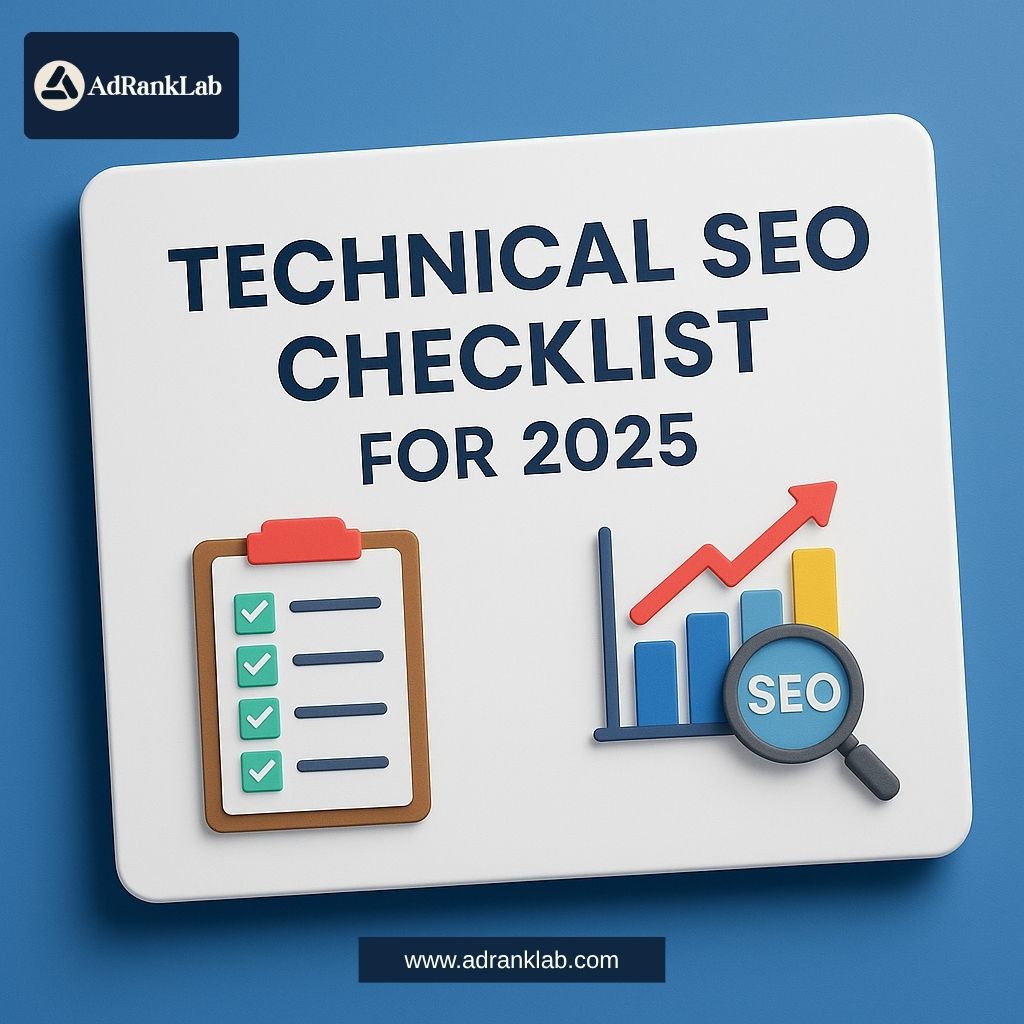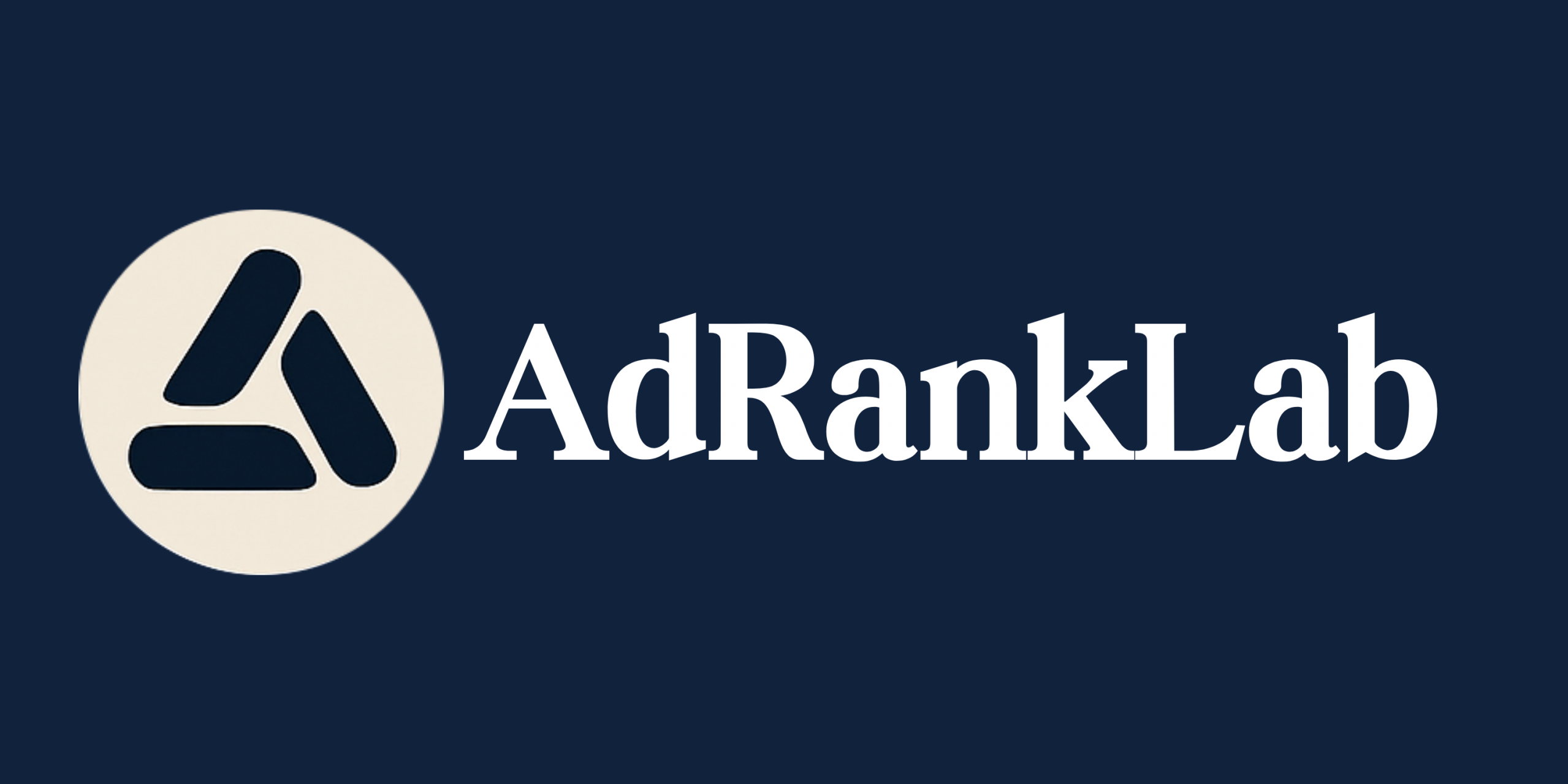
Technical SEO Checklist 2025 focuses on optimizing website infrastructure to improve crawling, indexing, and ranking. Key updates include ensuring Core Web Vitals performance (LCP under 2.5s, FID below 100ms), mobile-first indexing, HTTPS implementation, structured data markup (used by over 60% of top-ranking websites), XML sitemaps, and eliminating crawl errors. With Google’s AI-driven search updates and increasing reliance on page experience, technical SEO plays a bigger role than ever. Also, sites must support JavaScript rendering, utilize canonical tags, and improve page speed (average top site load time is 1.65 seconds). These steps ensure stronger visibility in 2025.
What is Technical SEO?
Technical SEO refers to the process of optimizing a website’s infrastructure to enable search engines to crawl, index, and rank content efficiently. It includes improvements related to site speed, mobile usability, structured data, site architecture, and other non-content-related elements. In simple terms, technical SEO ensures your digital house is in order so search engines can understand it without friction.
What is SEO? Search Engine Journal defines technical SEO as any optimization work done aside from the content itself and link building. It sets the foundation for on-page and off-page SEO to succeed.
Why Technical SEO Still Matters in 2025
With search engines becoming increasingly sophisticated in 2025, technical SEO has become more critical. According to Backlinko, websites with excellent technical SEO see 43% more organic traffic than those with unresolved backend issues.
Google’s AI algorithms such as MUM (Multitask Unified Model) and RankBrain rely heavily on structured site data and clear architecture. Without proper technical SEO, even the best content will fail to rank.
Fact: A study by SEMrush in 2024 revealed that over 62% of websites have crawlability or indexing issues that severely affect their rankings.
Core Web Vitals and Site Speed Optimization
Core Web Vitals are a group of user experience metrics that Google considers critical for ranking. They include:
- Largest Contentful Paint (LCP): Measures loading performance. Should be <2.5 seconds.
- First Input Delay (FID): Measures interactivity. Should be <100 ms.
- Cumulative Layout Shift (CLS): Measures visual stability. Should be <0.1.
In 2025, Core Web Vitals continue to evolve, with INP (Interaction to Next Paint) replacing FID as a more accurate user input delay metric.
Benchmark: Google recommends that websites load within 2.5 seconds or risk losing 53% of mobile users (Google).
Tips to Improve Site Speed:
- Use next-gen formats like WebP for images
- Enable lazy loading for images and video
- Minify CSS, JavaScript, and HTML
- Use a CDN for faster content delivery
- Leverage server-side caching
Mobile-First Indexing & Mobile Usability
Since Google’s shift to mobile-first indexing, the mobile version of your site is what Google uses to index and rank content. As of 2025, mobile-first is now the default.
Key Mobile SEO Practices:
- Ensure responsive design for all devices
- Avoid intrusive interstitials
- Use legible font sizes
- Ensure tap targets are accessible
- Optimize mobile page load times
Fact: Statista reports that 65.5% of web traffic in 2025 comes from mobile devices.
Tool: Use Google’s Mobile-Friendly Test and PageSpeed Insights to diagnose mobile issues.
What is Crawling and Indexing in SEO?
Crawling and indexing are fundamental processes in SEO. Crawling is when search engine bots (like Googlebot) scan websites to discover new or updated pages. Google crawls billions of pages daily using its vast infrastructure. Indexing is the next step, where discovered pages are analyzed and stored in Google’s index — a database of over 100 billion web pages. Indexed pages become eligible to appear in search results. Without proper crawling and indexing, web pages can’t rank. Ensuring clean site architecture, fast loading speeds, and a valid robots.txt file helps improve both processes for better SEO visibility and organic traffic.
Crawlability: Robots.txt, Sitemaps, and Crawl Budget
If your pages can’t be crawled, they can’t be indexed. Google allocates a “crawl budget” to each domain based on its authority, structure, and update frequency.
Key Technical Elements:
- Robots.txt: Directs crawlers on what to access and what to ignore.
- XML Sitemaps: Help search engines discover and prioritize content.
- Crawl Budget Optimization: Ensure unimportant pages (like filters or session-based URLs) are blocked to save budget.
Pro Tip: Don’t disallow important JavaScript or CSS files in robots.txt — Googlebot needs them to render your site.
Indexing: Canonical Tags, Noindex, and Duplicate Content
Google prefers one clean, canonical version of each page. Mismanaged duplicate content can lead to keyword cannibalization and wasted crawl budget.
Best Practices:
- Use canonical tags to indicate the preferred version of a page
- Apply noindex to thank-you pages, admin URLs, or test environments
- Avoid duplicate content caused by URL parameters or session IDs
Data: Moz reports that 29% of large websites suffer from duplicate content issues that hurt their rankings.
HTTPS and Website Security
HTTPS is a ranking signal and critical for trust and user experience. Google continues to flag HTTP sites as “Not Secure.”
Security Checklist:
- Install an SSL certificate across the entire domain
- Redirect all HTTP pages to HTTPS
- Renew your SSL certificate before expiration
- Enable HSTS (HTTP Strict Transport Security)
Fact: HubSpot reports a 20% increase in conversion rates on secure (HTTPS) eCommerce sites.
Structured Data & Schema Markup
Structured data helps Google understand the context of your content. In 2025, rich results and featured snippets rely heavily on schema.
Common Schema Types:
- Organization
- Article
- Product
- FAQ
- Breadcrumb
- LocalBusiness
Tip: Use Google’s Rich Results Test to validate schema and track enhancements in Search Console.
Benchmark: Pages with structured data earn 30–40% higher CTRs according to Search Engine Journal.
JavaScript SEO in 2025
Many modern websites use frameworks like React, Angular, or Vue — but JavaScript can hinder SEO if not managed properly.
JavaScript SEO Best Practices:
- Server-side render critical content
- Use dynamic rendering (e.g., Prerender.io) when needed
- Test with Google Search Console’s URL Inspection Tool
- Avoid blocking JS files in robots.txt
Fact: Googlebot now supports modern JS frameworks, but poor implementation still delays indexing (Ahrefs).
Site Architecture & Internal Linking
Clear architecture helps users and bots find content quickly.
Best Practices:
- Use a flat structure: Pages should be accessible in <3 clicks
- Create strong silo structures
- Implement breadcrumbs
- Link contextually to related pages
Insight: Internal links distribute authority and help rank deeper pages — a strategy endorsed by Brian Dean of Backlinko.
Common Technical SEO Mistakes to Avoid
- Broken internal links and 404 errors
- Missing or misused canonical tags
- Unoptimized robots.txt or sitemap.xml
- Duplicate meta titles and descriptions
- Render-blocking JavaScript
Stat: 70% of sites have critical SEO errors as per Screaming Frog’s 2024 audit benchmarks.
Recommended Tools for Technical SEO in 2025
- Google Search Console: Core Web Vitals, indexing reports, mobile usability
- Screaming Frog: Full technical crawl of up to 500 URLs (free)
- Sitebulb: Visual audits with actionable fixes
- Ahrefs/Semrush: SEO health checks + backlink analysis
- PageSpeed Insights & Lighthouse: Performance optimization
- WebPageTest.org: Deep speed profiling
Pro Insight: Combine multiple tools for a holistic technical audit.
Technical SEO Audit Workflow (Step-by-step checklist)
- Crawl the Website (Screaming Frog, Sitebulb)
- Fix Crawl Errors (404s, broken links, redirects)
- Optimize Site Speed (Core Web Vitals, CDN, caching)
- Check Mobile Usability (Responsive design, font size)
- Validate HTTPS & Security (SSL, HSTS)
- Audit Indexation & Canonicals (GSC + manual checks)
- Test Structured Data (Rich Results Test, Schema.org)
- Evaluate Internal Linking & Architecture
- Review JavaScript Rendering (SSR vs. CSR)
- Generate a Technical SEO Report with action items
Pro Tips for Enterprise and Large-Scale Websites
- Implement crawl rules and logic to avoid infinite URLs
- Use log file analysis to monitor crawl behavior
- Break audits by directory or subdomain
- Use automated alerts for downtime or indexing drops
- Deploy staging environments for safe testing
Data Point: Enterprises managing 10,000+ pages benefit from automated crawl monitoring (DeepCrawl).
FAQ Section
Q1: What is a Technical SEO Checklist? A structured list of technical tasks and best practices to optimize your website’s backend for search engine crawling and indexing.
Q2: How often should I perform a technical SEO audit? Every quarter or after major site updates, algorithm changes, or drops in traffic.
Q3: What are common tools for a technical SEO audit? Google Search Console, Screaming Frog, Semrush, Ahrefs, Sitebulb, and PageSpeed Insights.
Q4: Does Core Web Vitals affect ranking in 2025? Yes. Core Web Vitals remain a confirmed ranking signal and directly impact user experience.
Q5: Can JavaScript harm SEO? Improper JavaScript can delay or block indexing. Use SSR or dynamic rendering to mitigate this.
Conclusion: Ready for Technical SEO Excellence?
A high-performing website in 2025 requires more than just good content—it demands technical precision. From Core Web Vitals to JavaScript rendering, your backend must be search-engine friendly, secure, and fast.
Whether you’re a global B2B brand, SaaS innovator, or eCommerce store, our team at AdRankLab is ready to help you implement every aspect of this technical SEO checklist.


